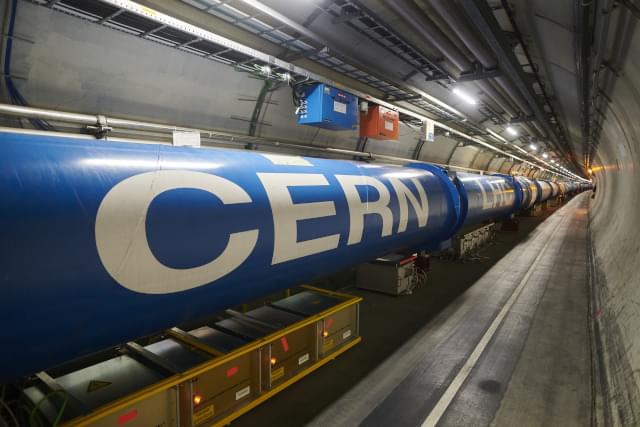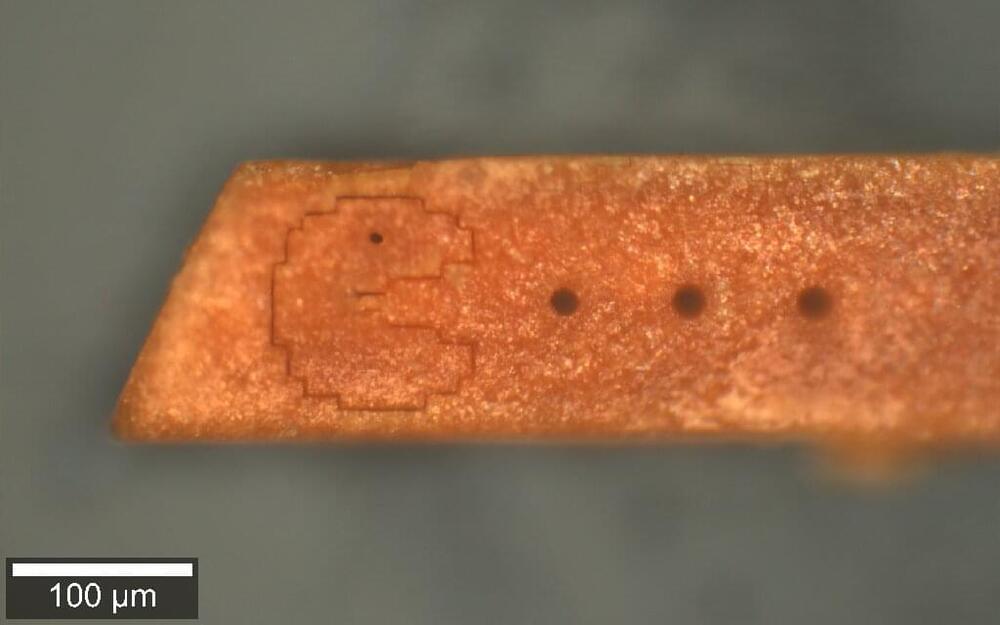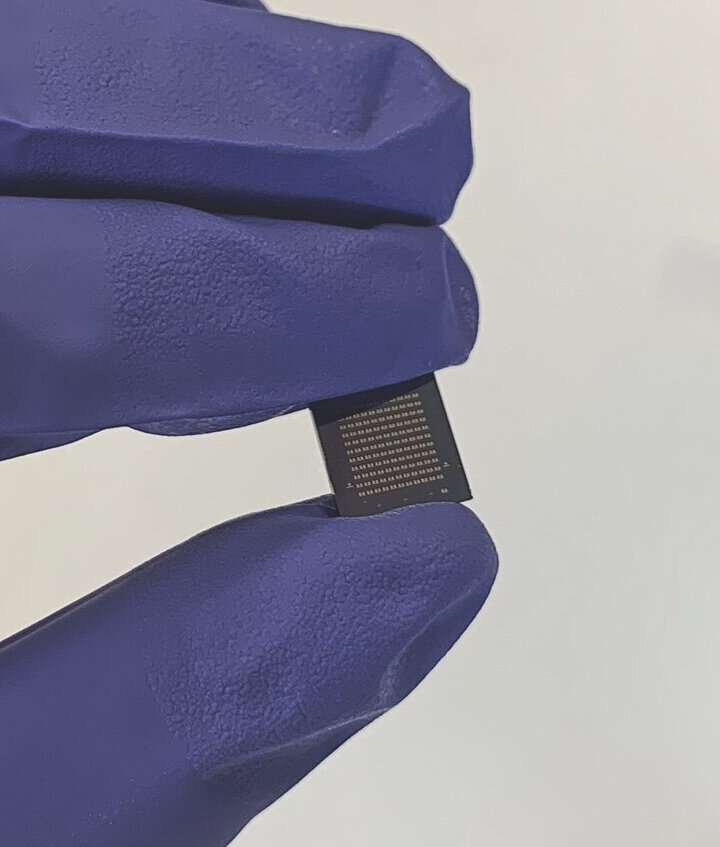A mere day after the 10th anniversary of the discovery of the Higgs boson celebrations at CERN, the LHC will make the promise of a bright future for particle physics a reality, breaking a new energy world record of 13.6 trillion electron volts (13.6 TeV) in its first stable-beam collisions. These collisions will mark the start of data taking for the new physics season, called Run 3.
The launch of the LHC Run 3 will be streamed live on CERN’s social media channels and by high-quality Eurovision satellite link on 5 July starting at 4 p.m. Live commentary in five languages (English, French, German, Italian and Spanish) from the CERN Control Centre will walk you through the operation stages that take proton beams from their injection into the LHC to collision points. A live Q&A session with experts from the accelerators and experiments will conclude the live stream.
For those on site at CERN, the live will be broadcast on the screens in the three CERN restaurants with English subtitles. If you need to take an afternoon coffee break, think 4 p.m!







